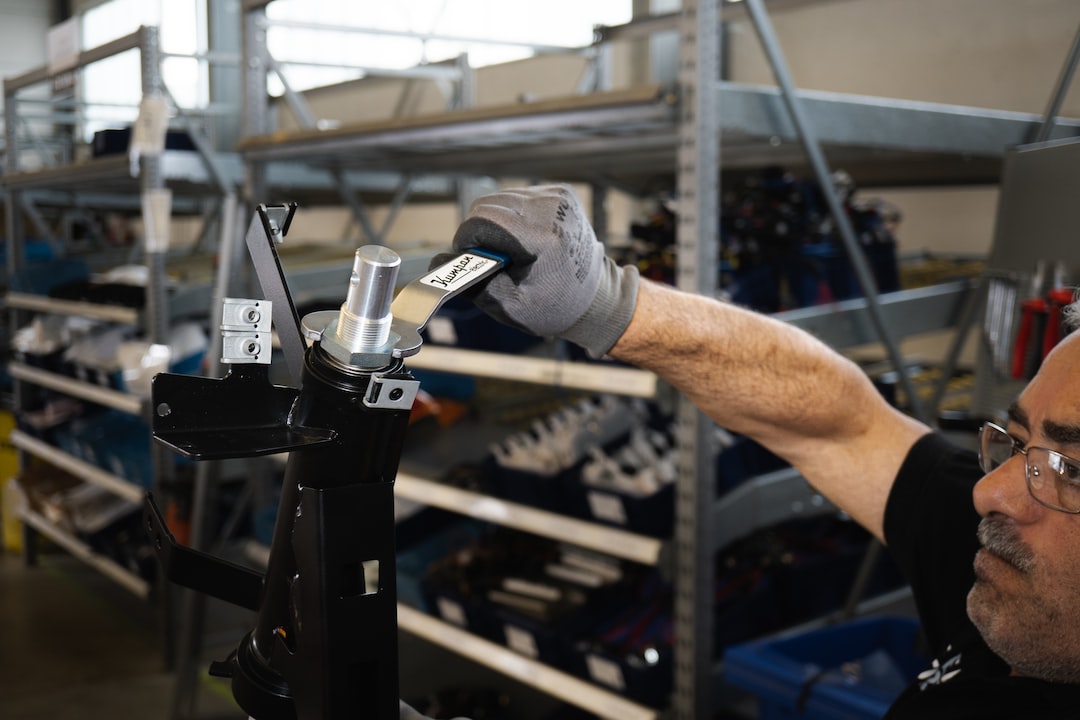The Role of Government Policies and Incentives in Promoting Manufacturing Innovation
In today’s fast-paced, globalized economy, manufacturing innovation plays a crucial role in driving economic growth and ensuring competitive advantage for nations. As such, governments worldwide recognize the importance of promoting and supporting manufacturing innovation to foster technological advancements, job creation, and sustainable development.
Government policies and incentives play a significant role in encouraging manufacturing innovation. These policies aim to create an ecosystem that nurtures research and development, fosters collaboration between industry and academia, and provides financial and regulatory support to manufacturers. Let’s explore some of the key ways in which government policies and incentives stimulate manufacturing innovation.
Firstly, governments can offer direct financial support to manufacturers to stimulate innovation. This support can come in the form of grants, tax incentives, or subsidies for research and development (R&D) activities. By alleviating financial burdens associated with innovation, governments encourage companies to invest in cutting-edge technologies, product design, and process improvements. This, in turn, enhances their competitiveness, productivity, and market share. Moreover, financial support from the government enables smaller and emerging manufacturers to compete with larger, more established players, leveling the playing field and fostering a vibrant and inclusive innovation landscape.
Secondly, governments can create targeted policies that facilitate collaboration between manufacturers and research institutions, such as universities and national laboratories. These partnerships provide manufacturers with access to knowledge, expertise, and resources that may not be readily available within their organizations. By promoting industry-academia collaboration, governments enhance knowledge transfer, technology adoption, and the application of research outcomes in practical manufacturing settings. This collaboration encourages manufacturers to explore new ideas, experiment with novel technologies, and engage in open innovation, ultimately driving manufacturing competitiveness and innovation.
Additionally, governments can play a vital role in promoting the diffusion of knowledge and best practices across the manufacturing sector. Government initiatives, such as industry-specific training programs, technical assistance, and benchmarking schemes, contribute to knowledge sharing and the adoption of best practices. By disseminating information and facilitating technology uptake, governments enable manufacturers to stay abreast of the latest advancements and apply them in their operations. This diffusion of knowledge enhances the overall productivity and performance of the manufacturing sector, leading to increased innovation and sustainability.
Furthermore, governments can shape the manufacturing innovation landscape through the development of supportive regulatory frameworks. By establishing intellectual property rights (IPR) protection, patent laws, and trade secrets regulations, governments incentivize manufacturers to invest in research and development. These policies ensure that manufacturers can reap the benefits of their innovative efforts by protecting their intellectual property from unauthorized use or imitation, enhancing the return on investment in innovation. Moreover, governments can facilitate international collaboration and market access by negotiating trade agreements, removing barriers, and harmonizing regulatory standards. These actions promote technology transfer, market expansion, and the exchange of innovative ideas, fostering manufacturing innovation on a global scale.
Another critical role that government policies play in promoting manufacturing innovation is fostering sustainability and responsible production. Governments are increasingly recognizing the importance of environmentally-friendly manufacturing practices and are implementing policies that incentivize manufacturers to adopt sustainable approaches. For instance, governments can provide tax incentives for companies that invest in green technologies, energy efficiency, waste reduction, or carbon footprint reduction. By rewarding sustainable practices, governments encourage manufacturers to incorporate environmental considerations into their innovation processes, leading to cleaner and more sustainable production systems.
In conclusion, government policies and incentives play a crucial role in promoting manufacturing innovation. By providing financial support, facilitating collaboration, disseminating knowledge, shaping regulations, and fostering sustainability, governments create an enabling environment that stimulates innovation and enhances the competitiveness of manufacturers. However, it is important for governments to design their policies and incentives with a long-term perspective, ensuring continuity of support for manufacturers and fostering a culture of innovation. With the right policies in place, governments can nurture a thriving manufacturing sector that drives economic growth, job creation, and sustainable development.

